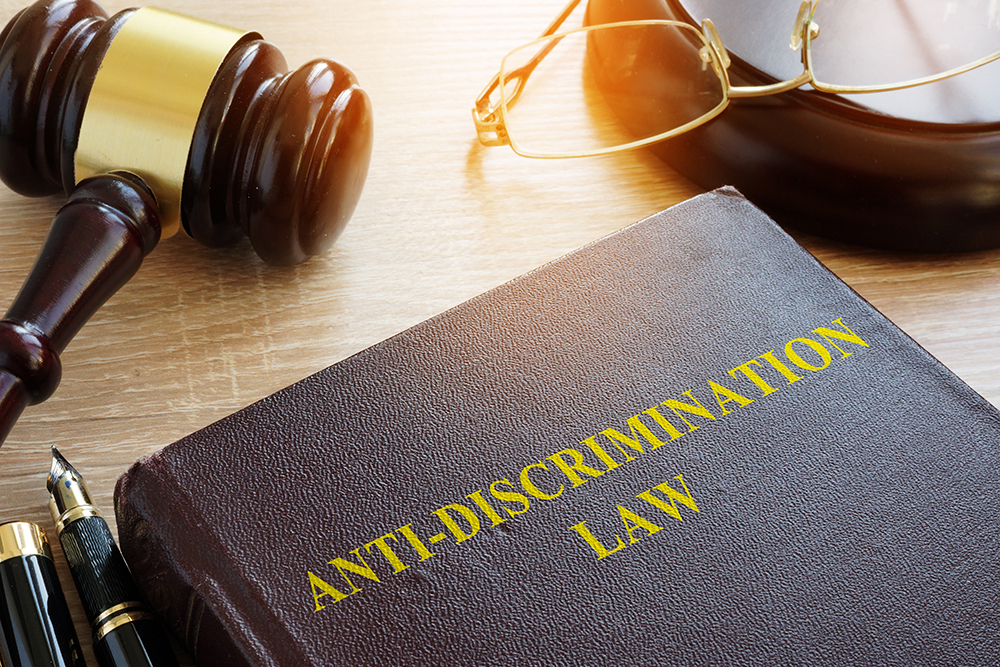On June 5, 2025, the Supreme Court decided Ames v. Ohio Department of Youth Services. The case’s core question asked: do employees of traditional “majority” groups need to establish additional requirements in order to prove a Title VII claim? This seemingly simple question had frequently divided federal courts across the country. The Court’s unanimous opinion, delivered by Justice Ketanji Brown Jackson, reaffirmed a core principle and reminded employers that all employees are created equal in considering Title VII litigation in federal (or state?) court.
Case Background
Ames involved what has sometimes been referred to as a “reverse discrimination” claim under Title VII. A “reverse discrimination” claim is typically understood to be a case in which a member of a traditional “majority” group alleges discrimination on that basis—for example, a case in which a male alleges discrimination based on their gender, or a case in which a white employee alleges discrimination based on their race.
In Ames, the plaintiff was a heterosexual woman who sued her employer, the Ohio Department of Youth Services, in federal court in Ohio, alleging that she had been denied a promotion and later demoted because of her sexual orientation. In arguing her claim, the employee highlighted that both the employee who received the promotion and the employee who replaced her after her own demotion were gay, although in both instances the decisionmakers were heterosexual.
The trial court granted summary judgment to the employer. In doing so, the trial court cited precedent from the Sixth Circuit Court of Appeals, which had held that members of a “majority” group must show evidence of additional “background circumstances” that would support the inference that the employer “is the unusual employer who discriminates against the majority.” Finding that the plaintiff fell short of this added evidentiary burden, the trial court granted the employer’s motion for summary judgment. The Sixth Circuit affirmed.
Where Did the “Background Circumstances” Test Come From?
It is important to note that the Sixth Circuit was not alone in applying the heightened standard in so-called “reverse discrimination” cases. Indeed, some version of the test had previously been applied by the Circuit Courts of Appeals for the Seventh, Eighth, Tenth, and District of Columbia Circuit as well. In addition, even district courts outside of these circuits have applied similar tests in Title VII discrimination cases.
The heightened standard comes from a well-intended principle—albeit a principle that the Court ultimately held to be erroneously applied. That is, when it was enacted in 1964, Title VII was (and remains) remedial legislation, designed specifically to eliminate workplace discrimination based on race, sex, and other protected bases. Taken in its historical and social context, Title VII was a specific (although not an exclusive) response to widespread racial discrimination in workplaces across the country—particularly discrimination against Black and African American people. Proponents of the heightened standard have argued that Title VII was intended primarily to correct historic and systemic discrimination against members of racial minority or racially disadvantaged groups. As such, the argument goes, members of a “majority” or traditionally advantaged group, should have to show something extra to obtain the law’s intended benefit—i.e., that the employer is the “unusual employer” who discriminates against the majority.
The Supreme Court granted certiorari to resolve the tension between circuit courts of appeals on this issue and to clarify evidentiary standards in Title VII claims in federal court.
Why Did the Court Reject the Heightened Standard?
The Court held that the “background circumstances” rule imposed an elevated standard of proof that longstanding Title VII precedent and the statute’s text rejected. The Court reminded litigants that Title VII “draws no distinction between majority-group plaintiffs and minority-group plaintiffs.”
In doing so, the Court reaffirmed a key principle of its 2020 decision in Bostock v. Clayton County, Ga.—in which the Court held that Title VII’s protections against sex discrimination necessarily protected an employee’s sexual orientation and gender identity. That is, Title VII protects people, not groups. By its plain text and its longstanding precedent, Title VII does not protect specific groups of people (such as women, or African American as a demographic unit); rather, it protects individuals on the basis of their individually protected characteristics (such as an individual employee’s sex or race, regardless of what the sex or race is).
Applied to Ames, this means that an employer who discriminates against an employee for their sexual orientation — whether heterosexual or otherwise — violates Title VII. Because the heightened standard is not consistent with this principle, the Court reversed the Sixth Circuit, vacated the judgment and remanded the case for further proceedings.
Practical Takeaways
What does this decision mean for employers trying to navigate creating a work environment that emphasizes inclusivity and belonging for LGBTQ+ employees and the rest of the workforce?
As a practical matter, the Ames decision should not change an employer’s approach in the majority of situations. That is, employers already have a Title VII obligation to create a workplace that does not discriminate against any person on the basis of their sexual orientation or gender identity.
Nevertheless, in light of the Court’s opinion, employers should carefully review their standard operating procedures, policies, and protocols. It is particularly important to ensure that policies relating to investigating internal employee complaints are reviewed to make sure that allegations of “reverse discrimination” are not being subject to inappropriately heightened standards. Better yet, employers should consider eliminating any reference in their policies or protocols to so-called “reverse discrimination.” Ames provides no basis for employers to scale back training or policies that prohibit discrimination based on sexual orientation or gender identity or any other protected status. Rather, employers can and should continue to regularly review, develop, and provide training on policies that ensure that all employees, including LGBTQ+ employees, are receiving the equal employment opportunities that Title VII demands.




